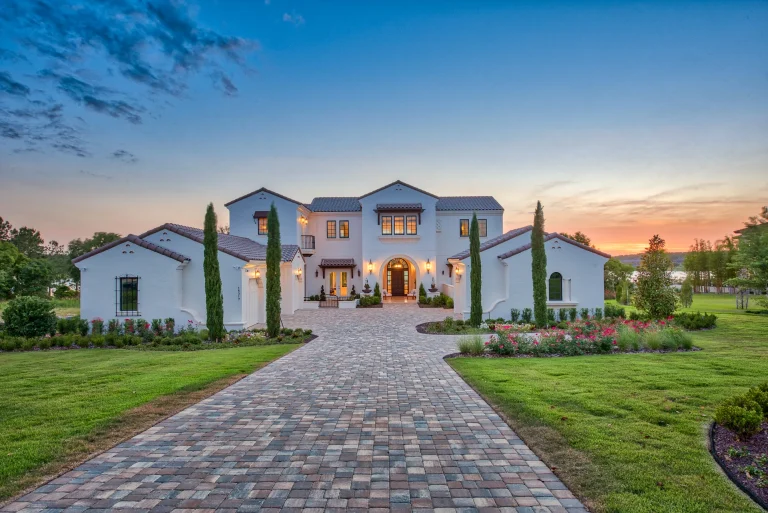The Impact of Plants in Interior Design: From Aesthetics to Health
Plants, as natural and beautiful elements, have a significant impact on interior design. In addition to adding visual beauty, plants can provide many benefits for physical and mental health. In this article, we will explore the impacts of plants in interior design and their advantages.
Aesthetics and Visual Appeal: Due to their natural colors and diverse shapes, plants can give interior spaces a beautiful and captivating look. Using plants as decorative elements can make rooms livelier and more pleasant, creating a sense of calm and comfort for the occupants.
Air Purification: Many plants have the ability to purify indoor air. They absorb carbon dioxide and release oxygen, contributing to the improvement of indoor air quality. Some plants can also absorb and break down chemical pollutants in the air, helping to create a healthier environment.
Stress Reduction and Mental Well-being: Studies have shown that the presence of plants in indoor spaces can help reduce stress and anxiety. Seeing and taking care of plants can create a sense of calm and pleasure, facilitating improved concentration and creativity.
Improved Sleep Quality: Some plants, such as lavender and jasmine, can promote better sleep quality. The soothing scent of these plants can help reduce tension and create a calm and pleasant sleep environment.
Humidification: Through the process of transpiration, plants can increase humidity in the air. This feature is especially useful during the colder seasons when the air is dry, and it can help improve respiratory issues and dry skin.
Increased Connection with Nature: Having plants in indoor spaces can enhance individuals’ connection with nature. This connection helps individuals feel closer to natural environments and benefit from its psychological advantages.
Design Inspiration: Plants can be a source of inspiration for interior design, offering creative ideas to designers and occupants. Using plants in design can evoke various styles, including modern, bohemian, and natural forest styles.
In conclusion, incorporating plants into interior design not only enhances aesthetic appeal but also provides numerous benefits for physical and mental health. Therefore, plants can be one of the best choices for improving the quality of life in interior spaces.

